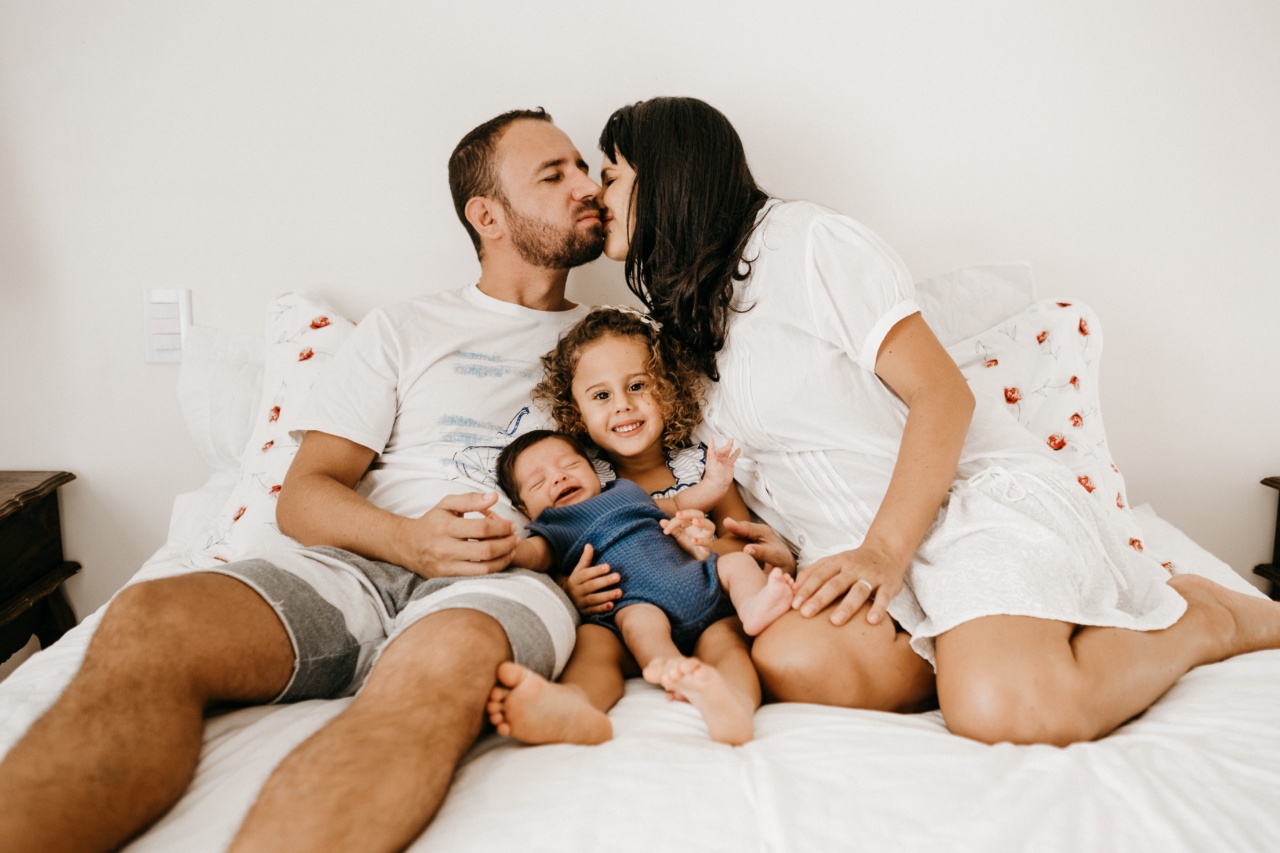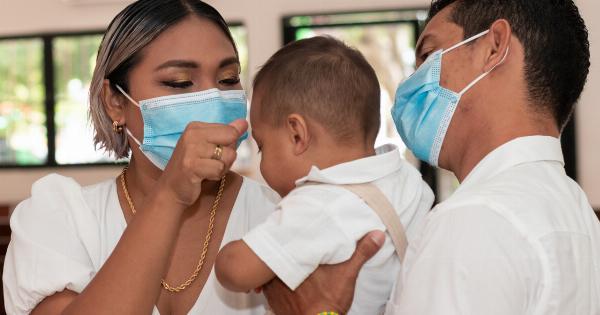As a new parent, one of your biggest fears may be Sudden Infant Death Syndrome (SIDS). SIDS is the sudden and unexpected death of an infant under one year of age, and it is the leading cause of death among babies between one month and one year old.
In this guide, we will provide you with tips on how to prevent SIDS and keep your baby safe.
1. Place Your Baby on Their Back to Sleep
When it comes to preventing SIDS, one of the most important things you can do is to put your baby to sleep on their back. This sleeping position helps to reduce the risk of suffocation and SIDS.
Once your baby is old enough to roll over on their own, you do not need to worry about constantly repositioning them throughout the night.
2. Use a Firm Sleep Surface
When you place your baby down to sleep, make sure they are on a firm and flat surface. A crib, bassinet, or portable play yard with a firm sleeping surface is the safest place for your baby to sleep.
Never put your baby to sleep on a couch, armchair, or soft mattress, as these surfaces can increase the risk of suffocation.
3. Keep the Sleep Area Clear
Ensure that your baby’s sleep area is free of any soft objects or loose bedding, such as pillows, blankets, and stuffed animals. These items can pose a suffocation hazard and increase the risk of SIDS.
Instead, dress your baby in a wearable blanket or sleep sack to keep them warm while they sleep.
4. Share Your Room, but Not Your Bed
The American Academy of Pediatrics (AAP) recommends that infants sleep in the same room as their parents for at least the first six months of life and ideally for the first year.
However, it is important to note that bed-sharing can increase the risk of SIDS. Instead, place your baby’s crib or bassinet next to your bed for easy access during nighttime feedings.
5. Avoid Overheating Your Baby
Overheating can be a risk factor for SIDS. Dress your baby in light and breathable clothing, and keep the room at a comfortable temperature.
A good rule of thumb is to dress your baby in the same amount of clothing you are wearing, and use a fan or air conditioning to help regulate the room’s temperature.
6. Breastfeed Your Baby
The AAP recommends exclusive breastfeeding for the first six months of a baby’s life, as it has been shown to reduce the risk of SIDS.
Breastfeeding can provide your baby with immunity-boosting antibodies that can help protect against infections that may increase the risk of SIDS.
7. Consider a Pacifier at Bedtime
The AAP also recommends giving your baby a pacifier at nap time and bedtime. Using a pacifier has been shown to reduce the risk of SIDS, although the reasons for this are not fully understood.
If you are breastfeeding, wait until nursing is well-established before introducing a pacifier.
8. Avoid Smoking Around Your Baby
Smoking around your baby can increase the risk of SIDS. Secondhand smoke has been linked to respiratory infections that can make it harder for babies to breathe, increasing their risk of SIDS.
If you or anyone else in your household smokes, make sure to do so outside away from your baby.
9. Do Not Use Sleep Positioners or Wedges
Sleep positioners and wedges are marketed to parents as a way to keep babies in a certain position while they sleep.
However, the Consumer Product Safety Commission (CPSC) warns against using these products, as they can pose a suffocation risk and have been linked to several deaths. It is best to stick with a firm, flat sleep surface and avoid using any additional products or devices in your baby’s sleep area.
10. Follow the Safe Sleep Recommendations
Finally, it is important to follow the safe sleep recommendations put forth by organizations such as the AAP, the CPSC, and the National Institute of Child Health and Human Development (NICHD).
These recommendations are based on the latest research and are designed to help reduce the risk of SIDS and other sleep-related infant deaths.
Conclusion
Preventing SIDS can be a scary and overwhelming task for new parents, but by following these tips, you can help keep your baby safe.
Remember to always place your baby on their back to sleep, use a firm sleep surface, and keep the sleep area clear of any loose bedding or soft objects. Additionally, share your room but not your bed, avoid overheating your baby, breastfeed if possible, and consider using a pacifier at bedtime.
By following these guidelines and staying up-to-date with the latest recommendations, you can help reduce the risk of SIDS and keep your baby safe and healthy.





























